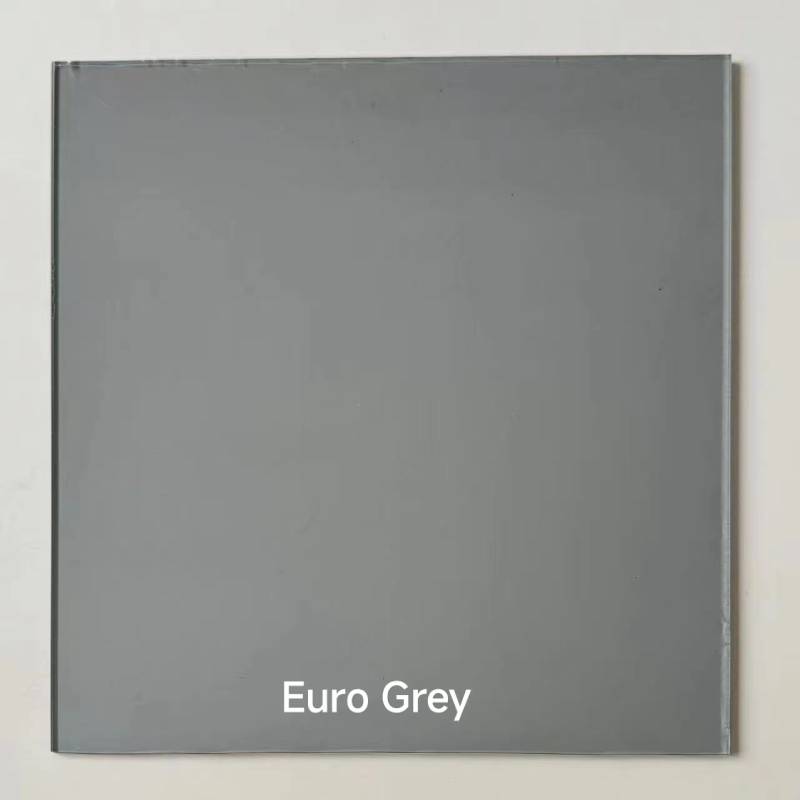

The Advantages of Frosted Safety Glass A Comprehensive Overview
In contemporary architecture and design, the incorporation of glass is ubiquitous, offering aesthetic appeal and functional advantages. Among the various types of glass, frosted safety glass has emerged as a preferred choice for many applications. This innovative material combines safety, privacy, and style, making it increasingly popular in both residential and commercial environments.
Frosted safety glass is produced by sandblasting or acid-etching, which creates a translucent finish. This process diffuses light while obscuring visibility, allowing for natural illumination without compromising privacy. This unique quality makes frosted glass an ideal option for settings where visual privacy is paramount, such as bathrooms, office partitions, and conference rooms. By using frosted safety glass, one can create an open, airy atmosphere while preventing outsiders from peering in.
One of the primary advantages of frosted safety glass is its safety features
. It is often tempered, which means it undergoes a heating and cooling process that increases its strength. Tempered glass is significantly more resistant to impact compared to regular glass, which minimizes the risk of shattering and injury. In the event of a breakage, tempered frosted glass shatters into small, blunt pieces rather than sharp shards, further enhancing safety for occupants.
Additionally, frosted safety glass is versatile and can be used in a variety of applications. It is commonly found in shower doors, glass partitions, and even as a design element in windows and doors. Its ability to blend seamlessly with different design styles, from modern to traditional, makes it a popular choice among architects and designers. Furthermore, it can be easily customized; options for different levels of frosted finishes allow for personalized aesthetics that cater to individual preferences.
Another noteworthy benefit of frosted safety glass is its energy efficiency. By allowing light to filter in while blocking harmful UV rays, it contributes to a more comfortable indoor environment, reducing the need for artificial lighting during the day. This can lead to significant energy savings, particularly in workspaces where natural light can enhance productivity and well-being.
Moreover, frosted safety glass requires minimal maintenance. Unlike traditional blinds or curtains, which can attract dust and grime, frosted glass surfaces can be cleaned easily with standard glass cleaners. This not only ensures a visually appealing space but also promotes hygiene—a critical aspect in settings such as medical facilities or restaurants.
In conclusion, frosted safety glass represents a remarkable blend of style, safety, and practicality. Its ability to provide privacy while allowing natural light to filter through makes it a desirable choice for various applications. Enhancing safety through its tempered design and contributing to energy efficiency are just a few of the reasons why this material has become a staple in modern architecture. As more homeowners and designers seek to create functional yet attractive spaces, frosted safety glass will undoubtedly continue to gain prominence in the world of design and building.